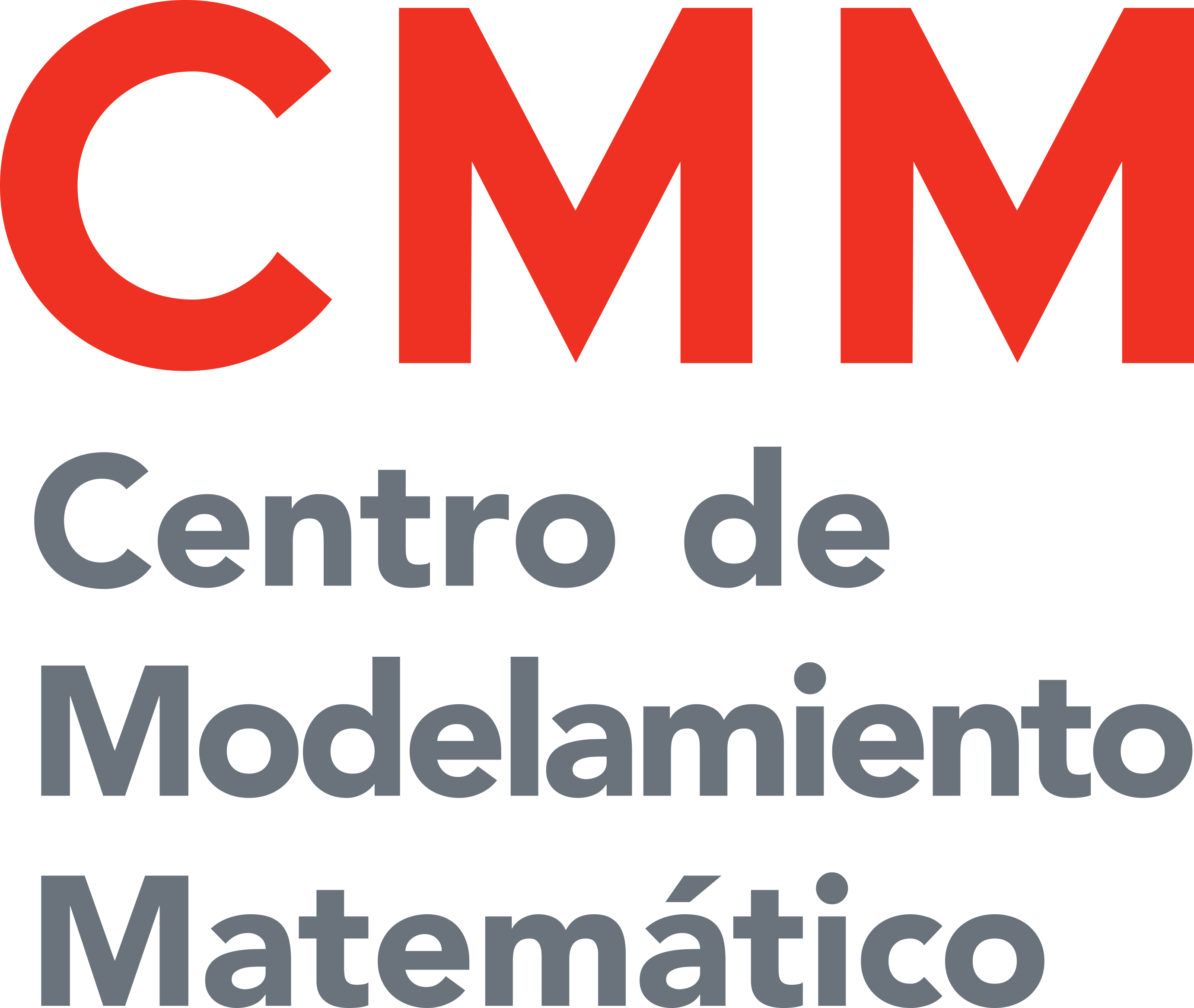Satellite Monitoring System for Greenhouse Gases (GHG)
Background
This System is the result of the joint work of the Economic Commission for Latin America and the Caribbean (ECLAC) with the Center for Mathematical Modeling of the University of Chile (CMM), one of the correspondents of the Low Earth Orbit (LEOs) Observation program of the of the Copernicus System of the European Union, whose information is freely accessible. This System has been possible thanks to the financing of EUROCLIMA+ Program and allows to observe trends in the flows and concentrations of Greenhouse Gases of anthropogenic origin, both at the level of Latin America region, its countries, as well as its main cities and other subregions of interest.
Key Data and Updates
The System monitors CO2 emissions, based on a regional atmospheric dispersion model, and monitors the concentration in the atmosphere of the main greenhouse gases regulated by the United Nations Framework Convention on Climate Change: Carbon Dioxide ( CO2), Methane (CH4) and Nitrogen Dioxide (NO2). It also monitors six polluting gases in the atmosphere, of local interest and control: Total Ozone (O3), Tropospheric Ozone (O3), Aerosols (AI), Sulfur Dioxide (SO 2), Carbon Monoxide (CO) and Formaldehyde (HCHO).
Objectives
Con este Sistema la CEPAL pone a disposición un instrumento para facilitar la coherencia y la ambición entre políticas y resultados, al poderse contar con información en tiempo real sobre las emisiones de CO2, que permita comparar los resultados de la política y la acción climática con los cambios en las emisiones de CO2, y de las políticas para mitigar la contaminación de otros gases y partículas sobre el territorio.
With this System, ECLAC makes available an instrument to facilitate coherence and ambition between policies and results, by having real-time information on CO2 emissions that enable comparing the results of climate policy and action with changes in CO2 emissions and policies to mitigate the pollution of other gases and particles on the territory.



